Container Zucchini Gardening: Your Guide to a Bountiful Harvest
Container zucchini gardening has become my absolute favorite way to grow these prolific plants, and I’m thrilled to share my secrets with you! Forget sprawling vines taking over your garden – with a little know-how, you can enjoy a delicious harvest of zucchini even if you only have a balcony or a small patio. This isn’t just about squeezing in a few plants; it’s about maximizing space and yield, leading to a truly rewarding gardening experience.
Historically, zucchini, a member of the squash family, has a rich history intertwined with Italian and Mediterranean cuisine. While traditionally grown in large garden plots, modern life often limits our access to expansive outdoor spaces. That’s where the ingenuity of container zucchini gardening comes in. It’s a perfect solution for apartment dwellers, busy professionals, or anyone who wants to enjoy fresh, homegrown zucchini without needing a huge garden.
Why Choose Container Zucchini Gardening?
This method offers several key advantages. Firstly, it provides excellent pest and disease control, as you can easily monitor your plants and take preventative measures. Secondly, it allows for better control over watering and fertilization, leading to healthier plants and a more abundant harvest. And finally, it’s incredibly space-saving! You can grow delicious zucchini even in the smallest of spaces, transforming a balcony or patio into a productive little farm. Learning the tricks of container zucchini gardening empowers you to grow your own food, no matter your living situation.
So, whether you’re a seasoned gardener or a complete beginner, get ready to discover the joys of growing your own zucchini in containers. Let’s dive into the tips and tricks that will help you achieve a bountiful harvest, right from your doorstep!
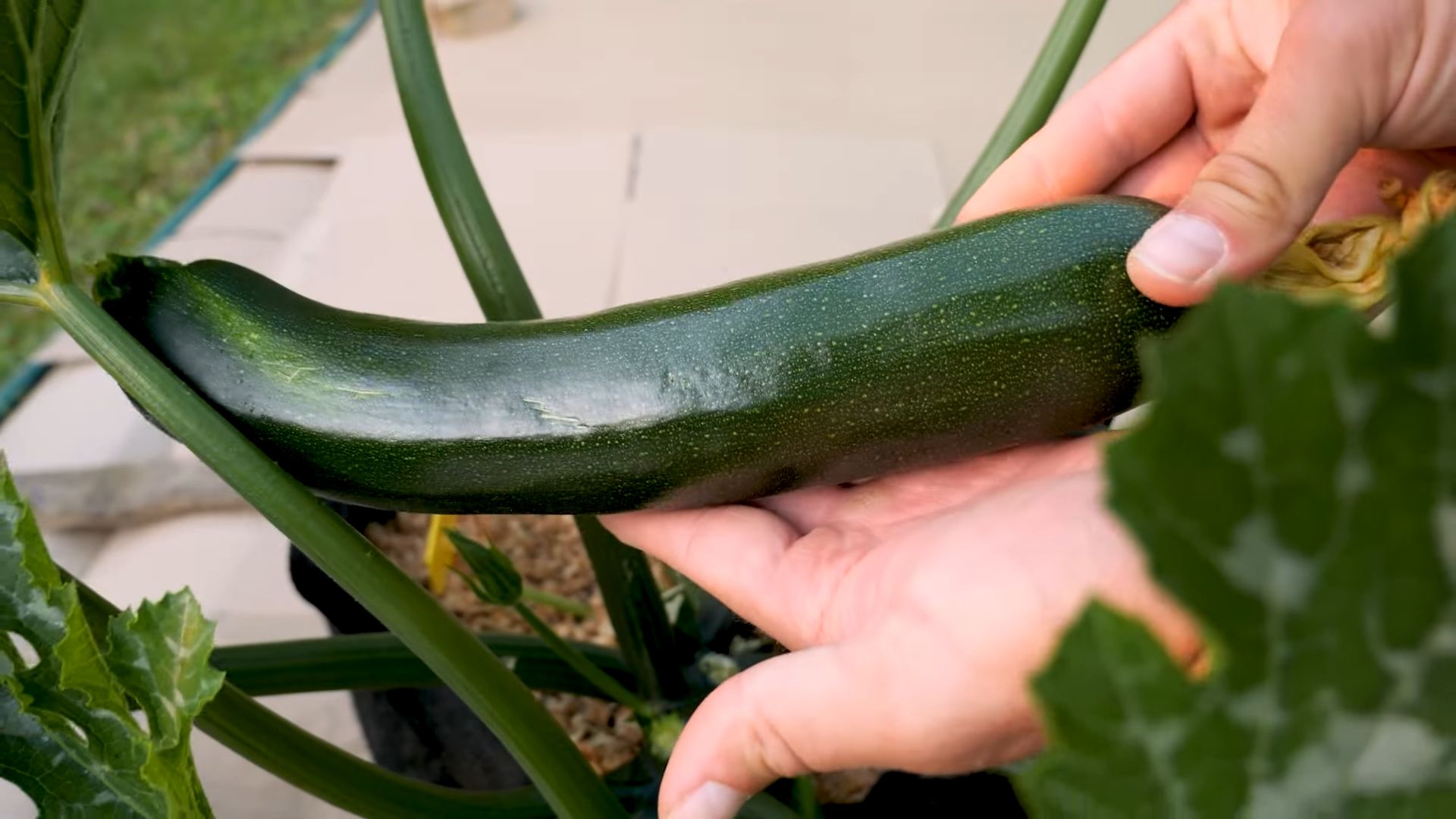
Container Zucchini Gardening: A Bumper Crop on Your Patio
Zucchini. The prolific producer, the summer squash that seems to grow faster than you can harvest it! But what if you don’t have a sprawling garden? No problem! I’m going to show you how I successfully grow amazing zucchini in containers, even on a small balcony. This guide will walk you through everything, from choosing the right container to harvesting those delicious fruits.
Choosing Your Container and Location
- Size Matters: Zucchini plants need space. Aim for a container at least 15-20 gallons in capacity. Larger is always better, especially if you want a truly bountiful harvest. Think big, sturdy planters – plastic, wood, or even a repurposed half-wine barrel will work.
- Drainage is Key: Make sure your container has drainage holes. Soggy soil is a zucchini’s worst enemy. Excess water can lead to root rot and other problems.
- Sunlight is Essential: Zucchini needs at least 6-8 hours of direct sunlight daily. Choose a sunny spot on your patio, deck, or balcony. South-facing locations are usually ideal.
- Accessibility: Consider the weight of the container when it’s full of soil and a mature zucchini plant. Choose a location that’s easy to access for watering, fertilizing, and harvesting.
Preparing the Soil and Planting
- Gather Your Supplies: You’ll need your chosen container, high-quality potting mix (not garden soil!), a trowel or small shovel, zucchini seeds or seedlings, and water.
- Fill the Container: Fill your container almost to the top with the potting mix. Leave about an inch or two of space at the rim.
- Planting Seeds: If starting from seeds, plant them about ½ inch deep and 1-2 inches apart. Gently firm the soil around the seeds. Water thoroughly after planting.
- Planting Seedlings: If using seedlings, carefully remove them from their starter pots, gently loosening the roots. Plant them at the same depth they were in their original pots, spacing them appropriately. Water gently.
- Watering: Water deeply after planting, ensuring the soil is evenly moist but not waterlogged. Allow the top inch or two of soil to dry slightly between waterings.
Ongoing Care and Maintenance
- Watering Regularly: Zucchini plants are thirsty. Water deeply and regularly, especially during hot and dry periods. Check the soil moisture frequently – stick your finger a couple of inches into the soil. If it feels dry, it’s time to water.
- Fertilizing: Zucchini are heavy feeders. Start fertilizing about 2-3 weeks after planting. Use a balanced liquid fertilizer every 2-3 weeks, following the instructions on the package. You can also use slow-release fertilizer granules at planting time.
- Mulching: Applying a layer of mulch (straw, shredded bark, or other organic material) around the base of the plant helps retain moisture, suppress weeds, and regulate soil temperature.
- Pest and Disease Control: Regularly inspect your plants for pests like squash bugs, aphids, or spider mites. Treat any infestations promptly with insecticidal soap or neem oil. Good air circulation can help prevent fungal diseases.
- Supporting the Plant: As the zucchini plant grows, it may need support. You can use stakes or cages to keep the vines off the ground and prevent them from sprawling too much.
- Pollination: Zucchini plants are usually self-pollinating, but you can help by gently shaking the plants to encourage pollination, especially if you notice fewer flowers developing into fruit.
Harvesting Your Zucchini
- Harvesting Time: Zucchini are ready for harvest when they are 6-8 inches long and firm to the touch. Don’t let them get too large; they’ll become tough and seedy.
- Harvesting Technique: Use a sharp knife to cut the zucchini from the vine, leaving about an inch of stem attached. Harvest frequently to encourage more fruit production.
- Storage: Store harvested zucchini in the refrigerator for up to a week. You can also freeze or pickle them for longer storage.
Troubleshooting Common Problems
Yellowing Leaves:
Yellowing leaves can indicate several issues, including overwatering, underwatering, nutrient deficiencies, or pest infestations. Check your watering schedule, fertilize if needed, and inspect for pests.
Blossom-End Rot:
This is characterized by a dark, sunken area at the blossom end of the fruit. It’s often caused by inconsistent watering. Ensure consistent moisture by watering deeply and regularly.
Powdery Mildew:
This fungal disease appears as a white powdery coating on the leaves. Improve air circulation around the plants and consider using a fungicide if the problem persists.
Remember:
Container gardening requires a little more attention than in-ground gardening, especially regarding watering and fertilization. But with a little care and attention, you’ll be rewarded with a delicious harvest of homegrown zucchini!
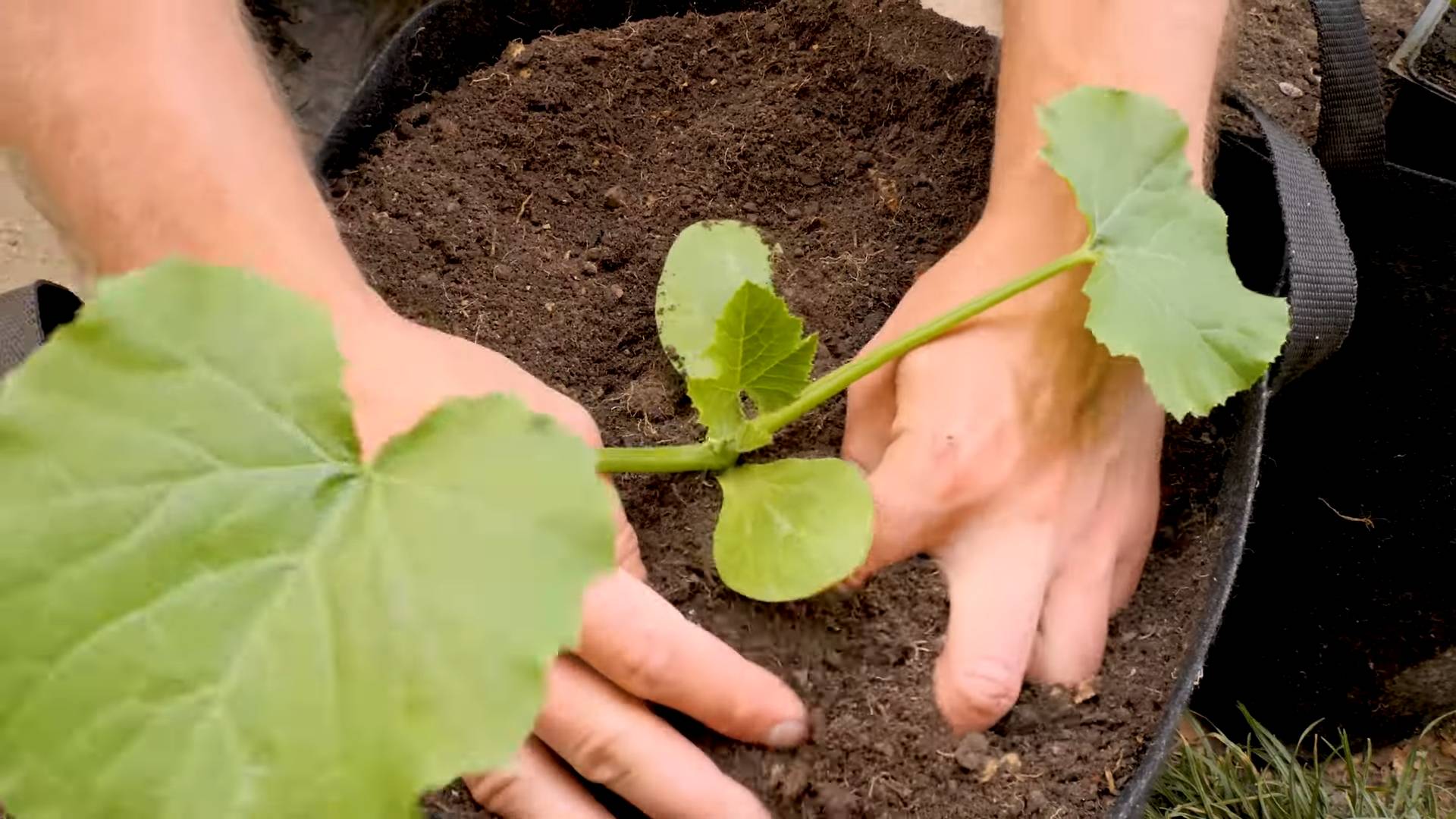
Conclusion
So there you have it – a complete guide to mastering the art of container zucchini gardening! This DIY trick isn’t just about growing zucchinis; it’s about unlocking the potential of your space, no matter how limited. By utilizing containers, you’ve gained control over your growing environment, ensuring optimal sunlight, drainage, and soil conditions. This translates to healthier plants, a bountiful harvest, and a truly rewarding gardening experience. Container zucchini gardening offers unparalleled flexibility and convenience, allowing you to grow this prolific vegetable even if you lack a sprawling backyard. You can place your containers on a sunny patio, balcony, or even a rooftop garden, bringing the joy of homegrown produce to almost any location. The ease of managing pests and diseases in a contained environment is another significant advantage. Ultimately, this method allows you to maximize your yield while minimizing your effort. It’s a win-win situation for both the enthusiastic gardener and the space-conscious urban dweller. Don’t let the myth of needing acres of land to grow zucchini hold you back. Embrace the power of container gardening and experience the satisfaction of harvesting your own delicious, homegrown zucchinis. We strongly encourage you to try this method and share your results with us! Show us your thriving container zucchini plants on social media using #ContainerZucchiniGardening – we can’t wait to see your success!
Beyond the basic method outlined, there are numerous exciting variations you can explore. Experiment with different container sizes and shapes to find what works best for your space and the number of plants you wish to grow. Consider using self-watering containers to further simplify your routine and ensure consistent moisture levels. You can also explore different types of zucchini varieties, selecting those that are particularly well-suited to container growing, such as compact or bush varieties. Don’t be afraid to get creative with your container choices – repurposed buckets, old tubs, or even decorative planters can all work wonderfully. Remember to always prioritize good drainage to prevent root rot. Adding a layer of gravel or broken pottery to the bottom of your container can help with this. Finally, consider companion planting. Marigolds, for example, can help deter pests, while basil can enhance the flavor of your zucchinis. The possibilities are endless! Let your creativity flourish and enjoy the process of growing your own delicious zucchinis.
Frequently Asked Questions
What size container do I need for container zucchini gardening?
The ideal container size for zucchini plants depends on the variety you choose. Generally, you should aim for containers that are at least 15-20 gallons in capacity. Larger containers will provide more space for root development and will help prevent the plants from drying out too quickly. However, even smaller containers can work if you are growing a compact zucchini variety and are diligent about watering. Remember to always check the specific requirements for your chosen zucchini variety.
What type of soil is best for container zucchini gardening?
Zucchini plants thrive in well-draining, fertile soil. A good quality potting mix is ideal, as it provides the necessary nutrients and aeration. Avoid using garden soil directly in containers, as it can become compacted and poorly draining. You can amend your potting mix with compost or other organic matter to further enhance its fertility and water retention capabilities. Ensure the soil is consistently moist but not waterlogged.
How much sunlight do zucchini plants need?
Zucchini plants are sun-worshippers and require at least 6-8 hours of direct sunlight per day to thrive. Choose a location for your containers that receives ample sunlight. If you have limited sunlight, you may need to supplement with grow lights, especially during the early stages of growth. Insufficient sunlight can lead to poor growth and reduced yields.
How often should I water my container zucchini plants?
The frequency of watering will depend on several factors, including the size of your container, the type of soil, and the weather conditions. As a general rule, you should water your zucchini plants deeply and regularly, ensuring the soil remains consistently moist but not soggy. Check the soil moisture level regularly by sticking your finger a couple of inches into the soil. Water when the top inch or two feels dry. During hot and dry weather, you may need to water more frequently.
What are some common problems encountered in container zucchini gardening?
Some common problems include pests such as squash bugs and vine borers, diseases like powdery mildew, and nutrient deficiencies. Regularly inspect your plants for signs of pests or diseases and take appropriate action if necessary. Using organic pest control methods and ensuring proper soil fertility can help prevent many of these problems. Proper spacing of plants and good air circulation can also help reduce the risk of diseases. Addressing problems early on is crucial for maintaining healthy plants and a bountiful harvest.
Can I use any type of container for container zucchini gardening?
While many types of containers can work, it’s important to choose containers that are large enough, have adequate drainage holes, and are made of a material that won’t leach harmful chemicals into the soil. Avoid using containers made of treated wood or recycled materials unless you are certain they are safe for food production. Plastic containers, terracotta pots, and wooden containers (untreated) are all suitable options. Remember to choose containers that are stable and won’t easily tip over.
How do I harvest my container-grown zucchinis?
Harvest your zucchinis when they are young and tender, typically when they are 6-8 inches long. Larger zucchinis can become tough and seedy. Harvest regularly to encourage continued production. Use a sharp knife to cut the zucchinis from the vine, leaving a short stem attached. Enjoy your fresh, homegrown zucchinis!


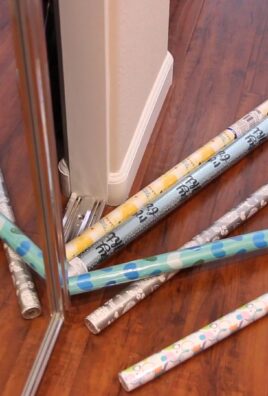
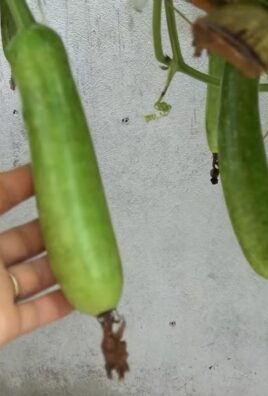
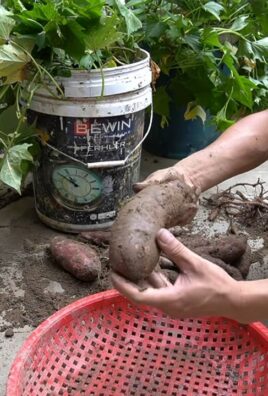
Leave a Comment